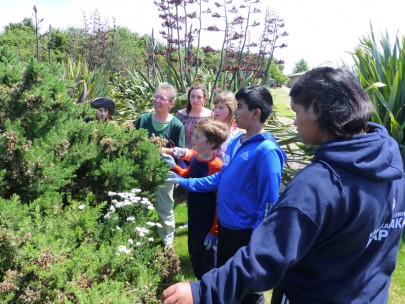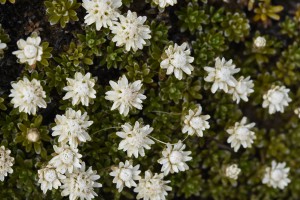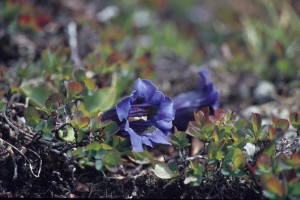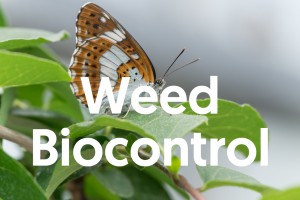About the Great Weeds Hunt
In this section
What we are doing

Students hunt for biocontrol insects on gorse.
We are partnering with schools and their communities to hunt for and raise awareness of key pest plants.
These community-driven weed surveys engage hard to reach schools with botanical and ecologically based fieldwork. This involves learning about on-site recording, collecting, identifying and processing their weed samples, and sharing their results online.
Cutting-edge identification and data recording technologies are used to facilitate digital engagement among participants. Schools create and share their observations online through the iNaturalist NZ citizen-science platform. This forms part of wider surveillance and monitoring networks.
Schools deposit plant specimens as permanent collections in New Zealand – Aotearoa’s largest herbarium – the Allan Herbarium at Manaaki Whenua – Landcare Research in Lincoln.
Underpinning this project is raising the awareness of environmental and economic impacts of invasive species, and best practice control strategies.
Where we are undertaking the project
We will visit 6–8 schools, and deliver the ‘Winning the War against Weeds’ outreach package developed by Manaaki Whenua.
In the North Island, we are leading ‘The Great Tradescantia Hunt’ to find local populations of tradescantia and other urban weed infestations. At these sites, Auckland schools will release tradescantia beetles – new biocontrol agents being raised at Manaaki Whenua.
In the South Island, we are conducting ‘The Great Spartina Hunt’ to discover spartina, purple loosestrife, and other invasive plants of Canterbury’s coastline, riversides and wetlands.
Targetting these respective pest plants closely aligns with priorities and control initiatives underway by DOC and regional authorities. Disturbed sites on publicly accessible land with abundant weed habitats are selected for field trips.
Canterbury students will also visit the herbarium and biocontrol facilities at Lincoln.
How we are undertaking this project
Discovery and description of weeds with our target group involves the following steps:
- Classroom learning opportunities
1.1. Understanding plant characters
1.2. Understanding biological control
1.3. How to identify weeds
1.4. Poisonous plants
1.5. Classroom debate on native versus exotic species- Perceptions and values
- Cultivated plants that ‘jump the fence’
- Taonga species
- Endangered natives
- Field work
2.1. First, as a class activity in the school-grounds, local marae and parks, having a ‘treasure-hunt’ to find National Pest Plant Accord species, common weeds and plants that can escape cultivation.
2.2. Next, in public access areas (e.g., nearby roadside reserves) to record the local weed floras, using digital photography, field data capture smartphone apps, and herbarium presses to collect specimens.
2.3. Finally, an introduction to hands-on weed control, in conjunction with pest plant officers (DOC and local council staff, depending on their availability). - Lab work
Schools from Canterbury will visit our research campus at Lincoln. At Lincoln, the students will- Learn how to process and deposit their pressed plant specimens into the Allan Herbarium
- Visit the Insect Quarantine laboratories and facilities
- Work through the Weed biocontrol education resources.
- Data deposition
4.1. Uploading observations onto iNaturalist NZ: added to both the national Pest Plants (weeds) of NZ project and new student-created local projects (iNaturalist NZ is broadly like ‘Facebook for researchers’).
4.2. Adding specimen data on the Allan Herbarium specimen database. - Networks and publicity
Sharing observations, identifications, and projects with the iNaturalist NZ, Weedbusters, enviro-schools, and Curious Minds communities through social media.
Previous work
In 2016, we delivered the first ‘Winning the War against Weeds’ programme in Auckland, Gisborne and Westland.
From these three regions we visited nine schools, involved 215 students, uploaded 673 observation and lodged 223 herbarium specimens. Read the 2016 trip reports:
- On these web pages
- In the Weed Biocontrol Newsletter
- On the Curious Minds website.


